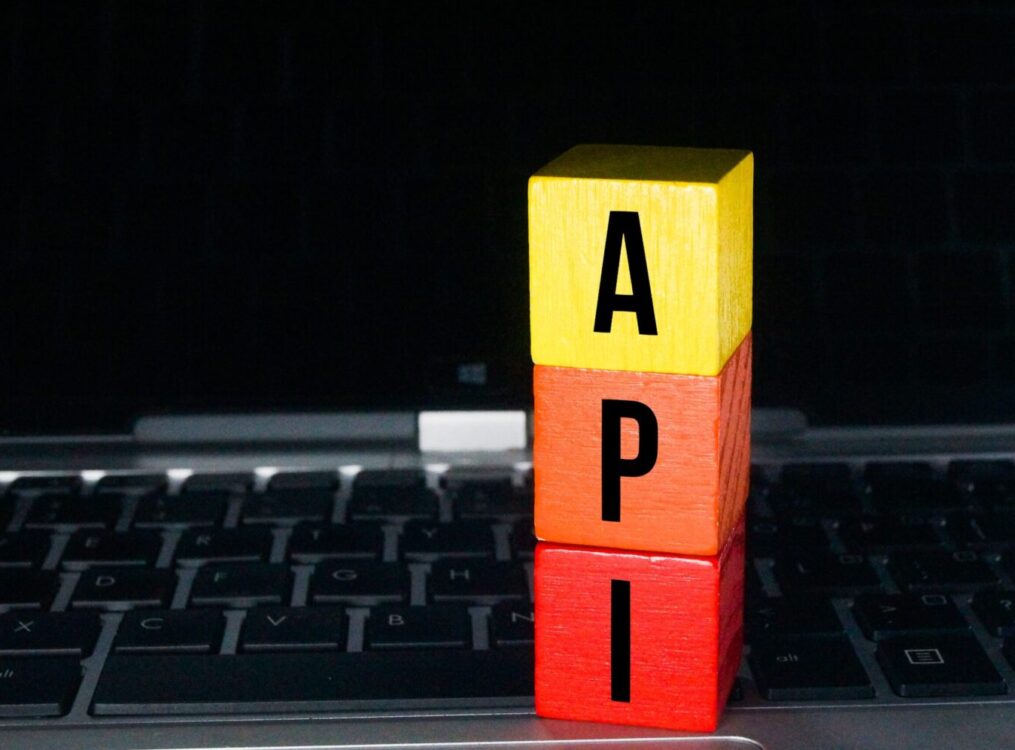Idempotency is a fundamental concept in web development, particularly relevant in the context of HTTP requests and RESTful API design. Understanding idempotency helps in creating robust, reliable, and predictable web services.
Definition and Importance
Idempotency in HTTP requests refers to the property that allows a request to be made multiple times without changing the result beyond the initial application. In simpler terms, making the same request repeatedly has the same effect as making it just once. This concept is crucial for:
- Error Recovery: In situations like network failures, a client can safely retry an idempotent request knowing it won’t cause unintended side effects.
- Consistency: Ensures that a system’s state remains consistent, even with repeated requests.
- Predictability: Clients and servers can predict the effect of retrying requests.
Idempotent HTTP Methods
HTTP defines several methods (verbs) to indicate the desired action on a resource, among which GET, PUT, DELETE, and HEAD are idempotent. Here’s how:
- GET: Retrieves data. Multiple GET requests have the same effect as a single request.
- PUT: Updates a resource or creates it if it doesn’t exist. Repeatedly putting the same data to a resource doesn’t change the state beyond the first PUT.
- DELETE: Removes a resource. Once a resource is deleted, subsequent DELETE requests usually have no further effect.
- HEAD: Similar to GET, but it retrieves only the headers. Repeated HEAD requests are safe and idempotent.
Conversely, POST is typically non-idempotent, as it creates a new resource each time it’s invoked.
Idempotency in RESTful APIs
In RESTful API design, adhering to idempotency principles is essential for creating stable and reliable services:
- API Reliability: Ensures that the API behaves consistently, improving the reliability of the system.
- Client-Server Synchronization: Facilitates easier client-server synchronization, especially in unstable network environments.
- Error Handling: Simplifies error handling logic in both client and server sides.
Implementation Strategies
Implementing idempotency involves:
- Idempotency Keys: For non-idempotent operations like POST, idempotency keys (unique identifiers) can be used. The server uses these keys to recognize repeat attempts of the same operation.
- Stateless Servers: Designing servers to be stateless where possible, such that each request contains all the necessary information independently.
- Resource State Validation: Validating the state of the resource before performing operations to ensure consistency.
Challenges and Considerations
- Time-Bound Operations: For operations where resource state changes over time (like ticket bookings), idempotency can be more complex.
- Resource Overwrites: PUT requests should be carefully designed to avoid unintended overwrites.
- Database Transactions: Ensuring database operations adhere to idempotency can be challenging and requires careful transaction management.
Conclusion
Idempotency is a key principle in HTTP and RESTful API design, promoting reliability, consistency, and predictability. While primarily straightforward for certain HTTP methods, its implementation requires thoughtful design, especially for operations that naturally tend to be non-idempotent. By embracing idempotency, developers can create more robust and user-friendly APIs that gracefully handle network uncertainties and synchronization challenges.


Leave a Reply
You must be logged in to post a comment.